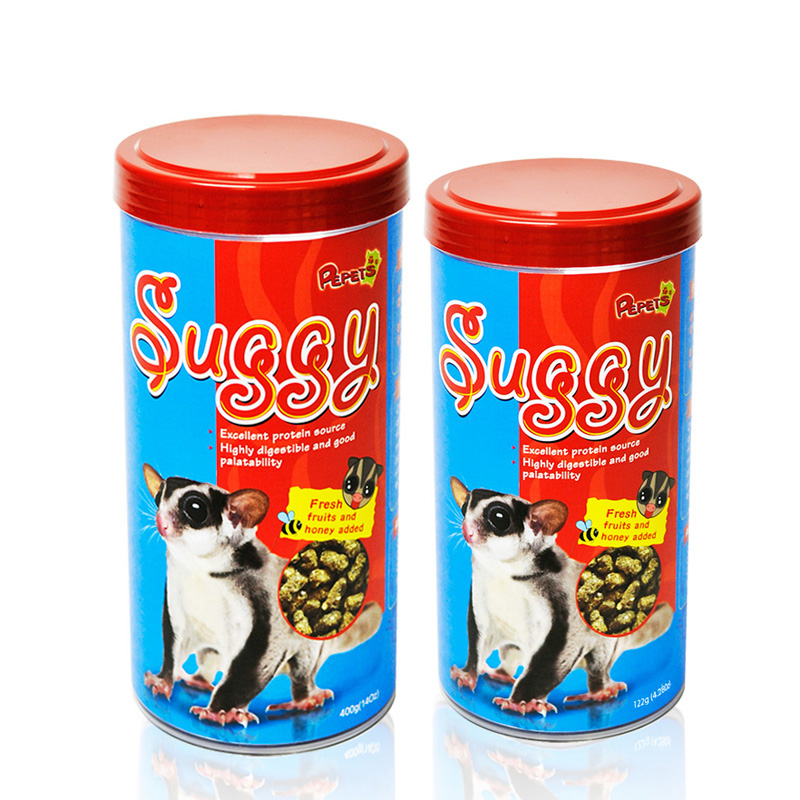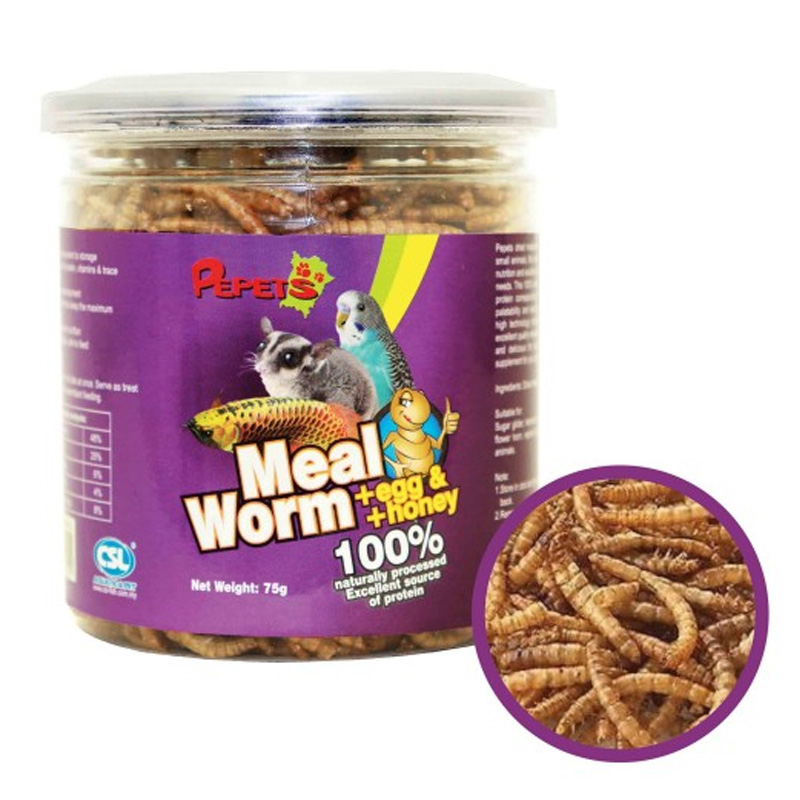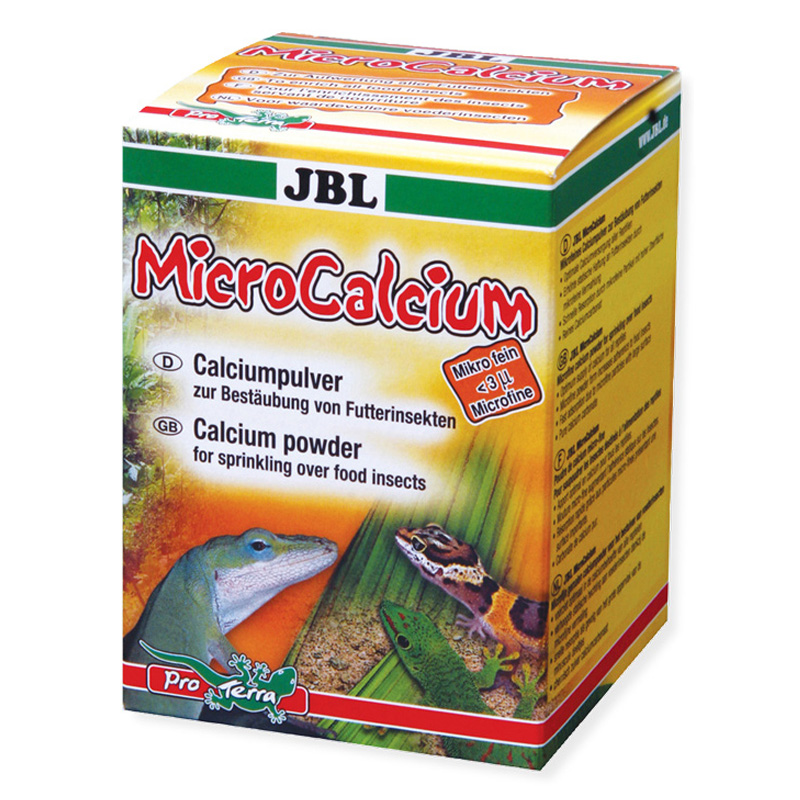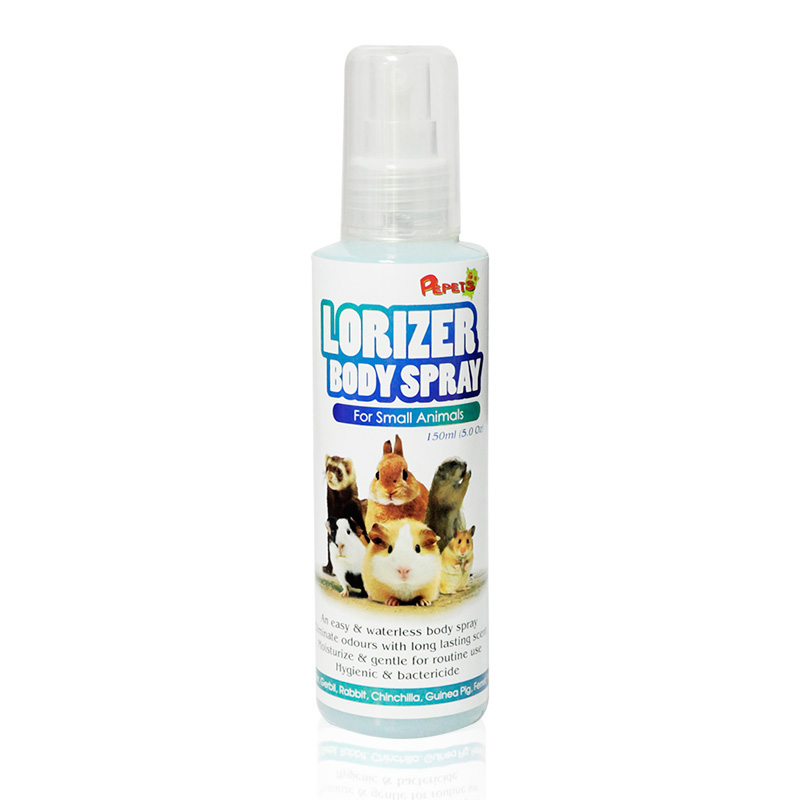Beginner Care Guide of Sugar Glider
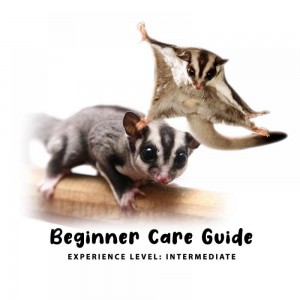
Common Name: Sugar Glider
Scientific Name: Petaurus breviceps
Average Size: 5 - 6 inches for body and another 6 inches for tail
Life Span: 10 - 15 years with proper care
Origin:
Australia, Tasmania, Indonesia
Introduction:
Sugar glider are small aboreal marsupial with a shiny grey - silver coat. They are so named due to its ability to glide through the air and preference to feed on sweet foods. Gliding is made possible by a thin membrane of skin called patagium that extend between their front and back legs. Sugar glider f house alone may suffer loneliness and become depressed or even refuse to eat. Therefore, it is recommended to keep them in pair of the same gender to avoid breeding.
TRAITS & BEHAVIOR
Insectivore and fruit eater:
Sugar glider's diet consist of vegetables, fruit and various source of protein.
Nocturnal:
They sleep mostly throughout the day and active at night.
Fun loving:
Sugar gliders are curious, active and love to play. They will bond quickly with owner.
Sociable:
They are highly sociable animals. They need plenty of attention from owner if house alone. Sugar glider make different sound as form of communication, socialization or when they feel threatening or upset.
ENVIRONMENT
Housing:
Sugar gliders need a large and tall wire enclosure which allow them to climb, jump and glide. Minimum cage size for sugar glider is 2 feet (L) x 2 feet (W) x 3 feet (H)
Cage Placement:
Keep the cage at a well-ventilated, shaded and dry area away from direct sunlight. Sunlight or bright light can damage eyesight of gliders.
Sleeping area:
Sleeping pouch or nesting box is a must for gliders as sleeping area at top housing.
Accessories:
Provide them a selection of specially designed glider's toys, tunnel, bird swing, exercise wheel and bendable vine to climb. Other accessories needed are drinker, dish bowl and litter pan.
NUTRITION
Staple diet:
An appropriate balance of fruits, vegetable, insects and source of protein is needed. A good ratio to maintain in glider's daily diet is 40% of protein and 60% of fructose which comes from sweet fruit. Pepets Suggy in the form of pellet food make good choice of staple food for gliders.
Fruit and vegetable:
Fruits that can offered are apple, pear, persimmon and kiwi while vegetable are carrot, tomato, choy sum, green peas and celery.
Protein:
Protein is an important factor in the nutritional health of sugar gliders. Cricket, mealworms such as PEPETS MEAL WORM + EGG & HONEY 75G, boiled eggs and meats make good source of protein.
Calcium:
Calcium is needed to strengthen their bone development. Sprinkle JBL Microcalcium on feeder insects or fruits 3 - 4 times a week.
Food to avoid:
Never feed them with chocolate, raw sugar, candy, onion and garlic. Corn, banana, longan or lychee are not suitable as these fruits are very high phosphorus.
Water:
Fresh water should be available all the times.
HEALTH
Sign of healthy:
- Clean and bright eyes
- Clear nostrils
- Silky coat with supple skin
- Active and stay alert
- Healthy appetite
Sign of Illness:
- Weight loss
- Loss of appetite
- Excessive sneezing
- Lethargic behavior
- Dull coat or bare patches
- Diarrhoea
IMPORTANCE
1. Sugar glider needs great deal of attention. Consider your lifestyle before you own use.
2. Wash hand thoroughly with soap before and after handling your pets.
3. Thoroughly clean their housing once or twice a week.
4. Regularly trim their nails by using grooming tools.
5. Spray pet's coat with Pepets Lorizer as needed for healthy skin and coat.
6. Never feed your glider with insects collected from outdoor or backyard.

